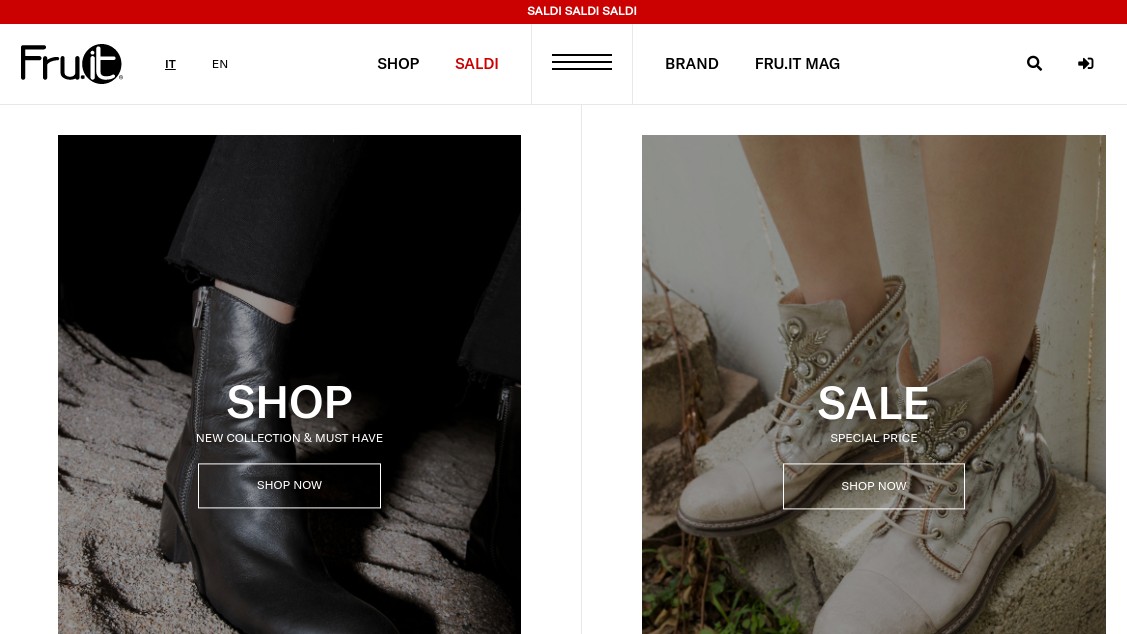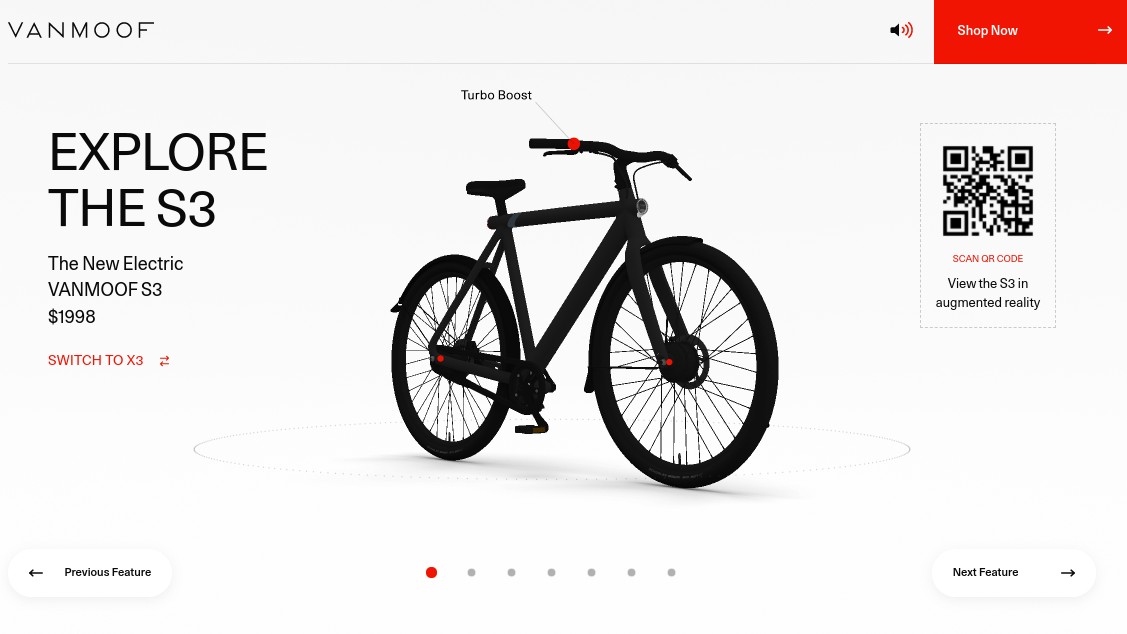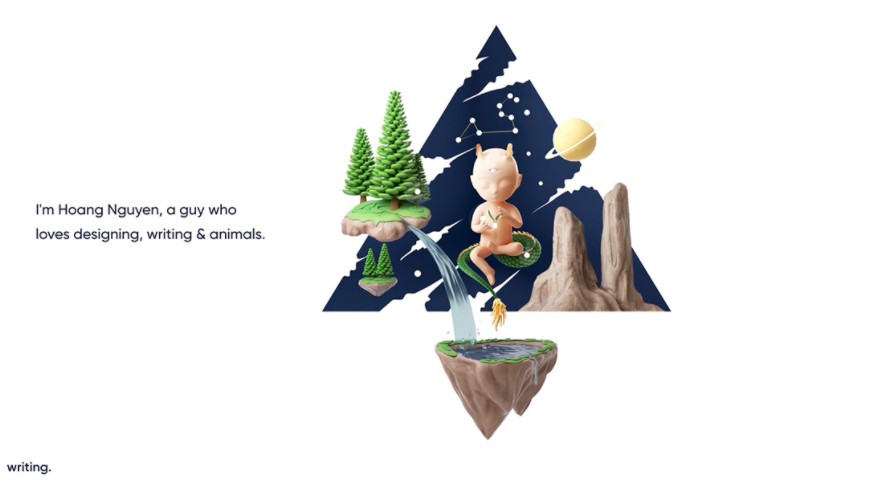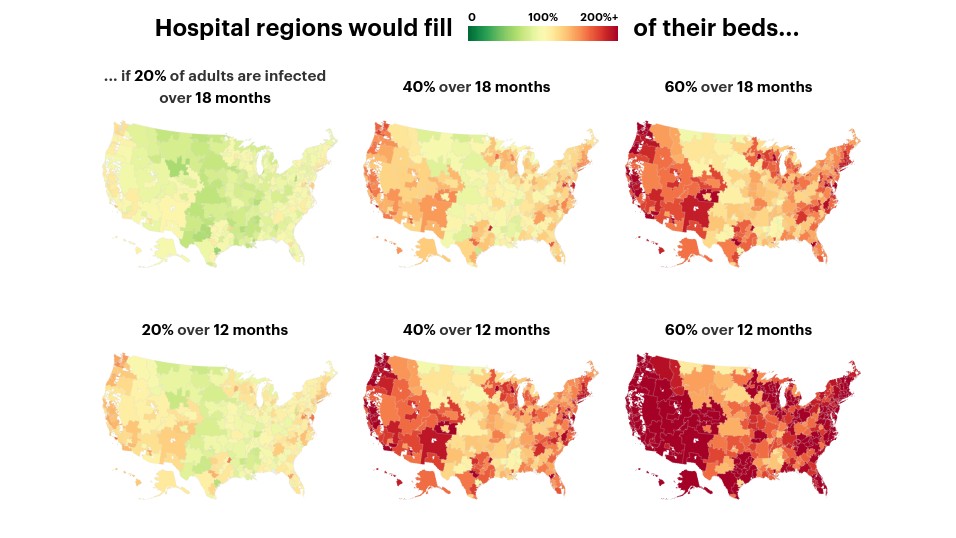Remember when months and years just seemed to fly by? In 2020, conversely, time seems to have slowed, with things changing so much that a single week can feel like a decade. So it takes a brave person to make any sort of prediction concerning the coming year. But we’re going to try all the same!
Our starting point is that there's one thing pretty much guaranteed about 2021: the pandemic will still be with us in some form or another. With that in mind, here are our predictions for how the no-longer-new normal will influence and shape the development of the web in 2021. And if you're building a new site, make sure you utilise the best web hosting services out there.
01. Better ecommerce UX

Once upon a time, digital services felt like an optional extra for physical retailers. But with more than half the world experiencing some form of lockdown in 2020, ecommerce has suddenly became the only game in town. Businesses whose doors were shuttered by government decree have had to rapidly shift their operations online, and those who failed to do so, or just didn’t do it well enough, have gone to the wall.
Recent data from IBM’s U.S. Retail Index, for example, suggests that department stores in America are expected to decline by over 60 per cent by the end of 2020, while ecommerce is projected to grow by nearly 20 per cent. While this may have been a shock to some, it’s essentially just accelerated a trend that already existed: the move from physical to digital retail. And there’s certainly no going back: even in countries where things have returned to some kind of normality, shoppers who first learned how to order online in 2020 now have a habit that's likely to stick.
It's clear then that in 2021, more people will be buying more stuff online. And companies have to develop more reliable, faster-loading websites and apps, not to mention more consumer-friendly UX, or get left for dust by the competition.
Building an ecommerce site, or looking to improve an existing one? Check out these great ecommerce sites, all launched this year, for shoes boutique Fru.it by AWD; cannabinoid company Mineral by Works and Moonhatch and wellbeing brand Juno by Rod Matveev.
02. Enhanced product photography

Shopping online is generally far easier and more convenient than trudging around from store to store. But there’s a big problem when it comes to non-generic items such as clothes and furniture. Not being able see, touch and feel these products in real life makes it very difficult to decide whether you’re buying the right thing or not.
Get the Creative Bloq Newsletter
Daily design news, reviews, how-tos and more, as picked by the editors.
For this reason, we’ve been seeing a move in 2020 away from small thumbnail images towards large and detailed pictures of products on websites. Many also let you view in 3D, and rotate them through 360 degrees. Great examples can be found on the new sites for VanMoof’s next-generation e-bikes, designed by Resn; Tula microphones, designed by Red Collar; and Apple's AirPods Pro, designed in-house. Others companies, equally usefully, let you view their products in context. For example, Airbnb offers immersive 3D tours of a property before you rent it, while IKEA uses an AR app to let you see what a sofa would look like in your own room.
As we continue to spend more time at home and shopping online in 2021, we’re expecting to see a lot more innovation in this area. That said, you don’t need to be a technical genius to help consumers get a feel for your products on your website. Just taking a photo of your product next to a human hand, for example, can do wonders for giving customers an idea of what it’s really like.
03. Calm design

From Covid-19 to issues of systemic racism, 2020 has seen plenty of new sources of stress to add to the already existing ones. In a year when most of us have struggled to keep up with daily-changing rules and regulations, all impacting our lives in ways large and small, web designers have done well to inject a sense of calm and order into their websites.
This has certainly not been a good year for pushing the barriers of design with approaches like web Brutalism. Instead, websites with concise microcopy, minimal design, soothing colours, and acres of relaxing white space have served as beacons of quiet in a noisy and tumultous world. Inspirational examples of the trend can be seen in the sites of the fashion partnership Yuko Higuchi x Gucci, web agencies Hanzo and Canvas Creative, and designers Hoang Nguyen and Amanda Braga.
We fully expect this trend to continue and heighten. Think about it: in 2021, even if the pandemic recedes, the severe economic impacts are likely to be felt across the whole of society, and we can only imagine what far-reaching effects that will have. In this context, a little bit of serenity on the web will be no bad thing.
04. Detailed dataviz

Who’d have thought in 2019 that there would be such popular demand for visualisations of scientific data? But with everyone struggling to get their head around how Covid-19 functions, and the myriad effects it’s having on society, 2020 has been crying out for clear and easy-to-follow infographics. And dataviz designers everywhere have stepped up to the plate.
This visualisation by the New York Times, for example, did a great job in showing how the pandemic was spreading, while Vox shared some fascinating charts about its economic impact, and Harvard Global Health Institute's data visualisations helped give context to the strain on the health services. Meanwhile, just to set all that bad news in context, Pentagram released a series of Happy Data visualisations, pointing to good-news datapoints such as the increasing numbers of people volunteering, the number of vaccines being developed across the world, and the decrease in air pollution.
Whatever happens in 2021, we’re hardly expecting events to be calm and uninteresting. And so it’s not controversial to predict that demand for data visualisation will continue to grow accordingly.
05. Enhanced videoconferencing

It’s difficult to imagine what lockdown would have been like 10 years ago, before widespread availability (in the West, at least) of fast internet and videoconferencing apps. Thankfully, most of us stuck at home during the pandemic have been able to keep up with colleagues and friends in this way.
The tech is not without limitations, though, with everything from poor connectivity to ‘Zoombombing’ (where pranksters hijack meetings they’ve not been invited to) making many people’s early experiences of videoconferencing more difficult than it needed to be. So it’s good that competition between platforms has driven massive innovation through 2020, including the launch of brand new services such as the super-secure Vidicue.
Just in the last few weeks, Zoom has announced new Slack-like functionality will be coming to its platform, Microsoft Teams has released a flurry of new features to help large companies organise better online conferences, and Cisco has debuted Webex Classrooms, which lets teachers set up online classes, schedule virtual office hours and parent-teacher conferences.
We're expecting the heightening rivalry between these platforms to dovetail with continuing huge demand in 2021, even if the pandemic lessens. After all, so many of us have enjoyed virtual meetings and conferences in 2020 (particularly the need to devote less time and effort to commuting, travelling, and hotel stays). Which mean that even if society returns to normal, that's another habit that's likely, at least in part, to stick.
Read more:

Thank you for reading 5 articles this month* Join now for unlimited access
Enjoy your first month for just £1 / $1 / €1
*Read 5 free articles per month without a subscription

Join now for unlimited access
Try first month for just £1 / $1 / €1

Tom May is an award-winning journalist and editor specialising in design, photography and technology. Author of the Amazon #1 bestseller Great TED Talks: Creativity, published by Pavilion Books, Tom was previously editor of Professional Photography magazine, associate editor at Creative Bloq, and deputy editor at net magazine. Today, he is a regular contributor to Creative Bloq and its sister sites Digital Camera World, T3.com and Tech Radar. He also writes for Creative Boom and works on content marketing projects.
